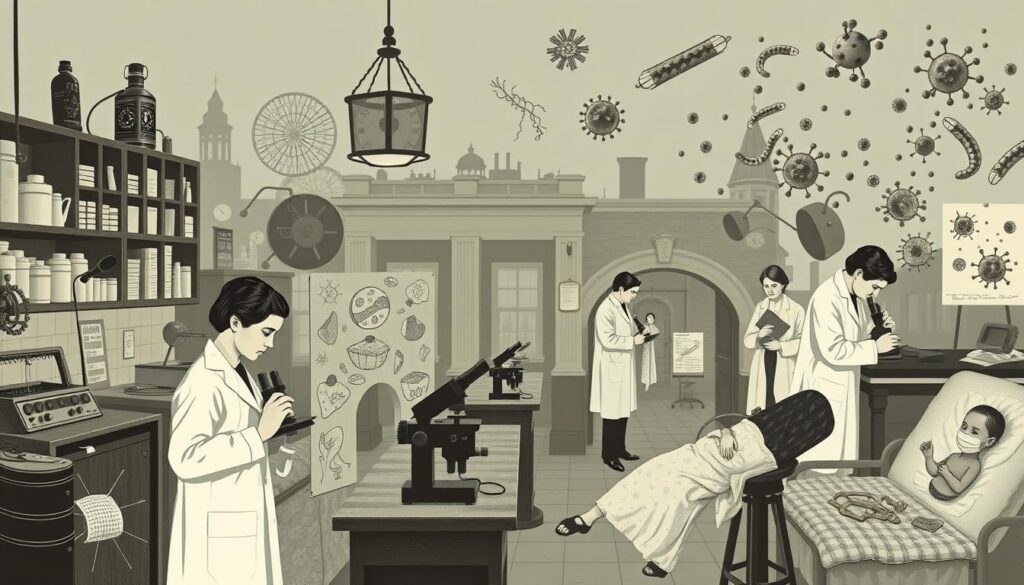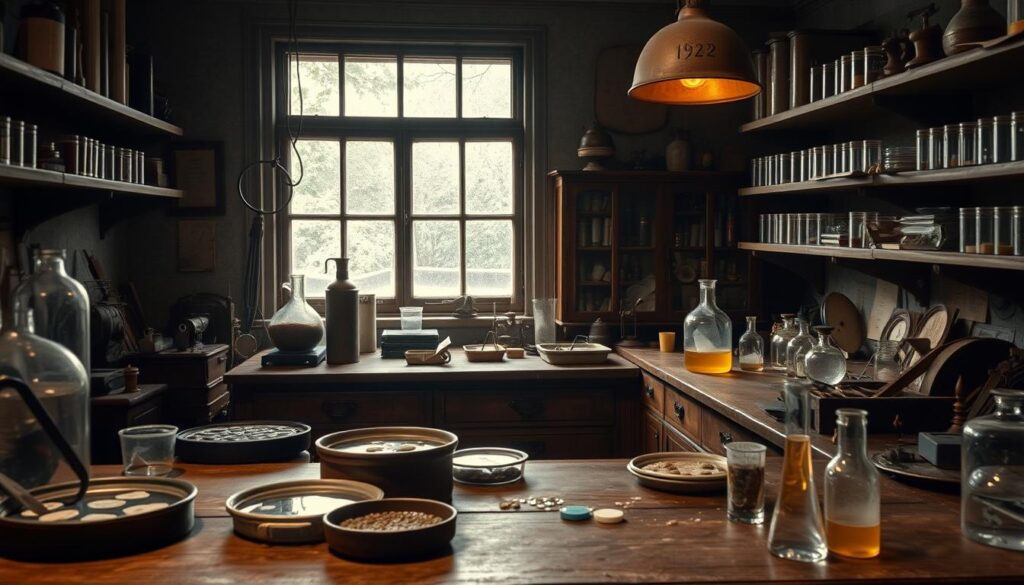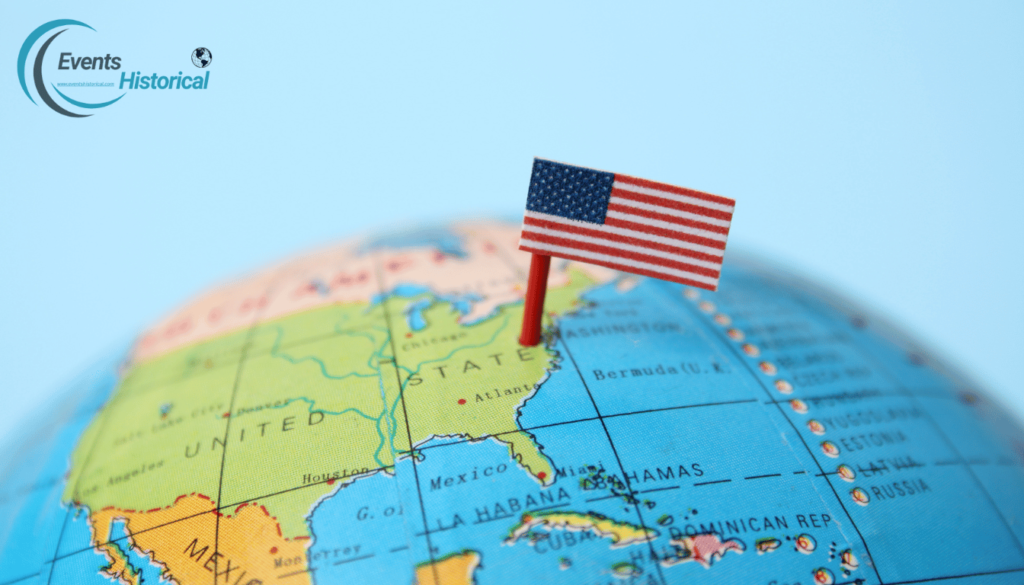It is hard to imagine the development of antibiotics before the discovery of one of the basics, which is penicillin given by Alexander Fleming. This discovery revolutionalized modern medicine and is still seeming today.
Consider a mould with capability to alter medicine while reducing millions’ deaths. As simple as this statement may sound, it is true that discovery of penicillin by Alexander Fleming in 1928 did just that. For centuries bacterial infections had become difficult to treat and this was one of the greatest milestones in managing them. This allowed once fatal diseases to become curable, and enhanced the quality of life everywhere dramatically.
While rummaging for a suitable stain remover compromise, Fleming was lucky to discover that molds can inhibit bacterial growth. This situation was the cause of penicillin’s development. It led to very many antibiotics, which revolutionized the way infections are fought. When reading this part, one can understand how medicine has advanced throughout history and has been saving peoples’ lives today.

Key Takeaways
- The chance discovery of penicillin initiated a revolution in antibiotic development.
- Before this breakthrough, bacterial infections often resulted in high mortality rates.
- Fleming’s observation of mold growth in 1928 profoundly impacted medical treatments.
- Penicillin played a crucial role in reducing morbidity and mortality associated with infectious diseases.
- This discovery laid the groundwork for the development of various antibiotics, transforming healthcare.
- The journey from discovery to widespread use involved extensive research and collaboration.
- Understanding the history of antibiotics enhances our appreciation of modern medicine.
A Brief History of Bacterial Infections Before Penicillin
One of the bigger issues before the use of antibiotics was bacterial infection. They reduced life span to nearly 47 years. Physicians and surgeons struggled, but in most cases, the microbial foes overwhelmed the nationally renowned doctors and surgeons.
Impact of Infectious Diseases on Life Expectancy
Diseases such as smallpox, Tuberculosis, pneumonia were fatal. They made it much lower thus serving to reduce the average human lifespan. For instance, 90% of children who have developed bacterial meningitis will die according to the information from the past. Not even strep throat seems to be safe from potentially turning fatal.
Challenges in Treating Bacterial Infections Pre-Penicillin
Infections were a real problem before the use of antibiotics in the society. Physicians employed operations and treatment which may not turn the trick. Sulfa drugs began in the 1930s and it actually did not take long for resistance to develop. For example, sulfanilamide caused drug resistance primarily owing to class 1 integrons.

| Infectious Disease | Impact on Life Expectancy | Prevalence | Treatment Options |
|---|---|---|---|
| Smallpox | Severe reduction in population | Endemic | Quarantine and variolation |
| Tuberculosis | 25% mortality in urban areas | Widespread in crowded conditions | Rest and isolation |
| Pneumonia | High fatality, specially in children | Common | Supportive care |
| Syphilis | Long-term health complications | Standard in many populations | Salvarsan (limited effectiveness) |
Alexander Fleming’s Groundbreaking Discovery
In the field of microbiology there was one big turn in the year 1928. Alexander Fleming was on a break, and upon returning to his laboratory in St. Mary’s Hospital. He was able to spot something no one else had and find a very large solution. This revolutionized medicine and the way through which we treat bacterial vaccine.
Fleming’s Return to the Laboratory in 1928
Fleming came back to find mold on one of his culture plates. It was literally a chance discovery that was huge. Earlier, the mold was identified as Penicillium notatum and demonstrated the ability to neutralise bacteria. Fleming’s careful work and interest has begun a revolution in treating infections.
The Role of Staphylococcus in Fleming’s Experiment
Staphylococcus bacteria were observed by Fleming of how the mold impacted them. The following is a list of bacteria that these cause severe and potentially fatal infections. He saw the mold slow down the growth of bacteria. This was a significant point in the process of search of penicillin.
Identification of Penicillium notatum
Finally in march 1929 Fleming officially gave the name to the mold as Penicillium notatum. It was important for knowing its efficiency in eliminating bacteria. However, there were very significant challenges that may make penicillin useful in medical field.

| Year | Event | Significance |
|---|---|---|
| 1928 | Fleming’s Return to Laboratory | Discovery of a mold inhibiting Staphylococcus growth |
| 1929 | Identification of Penicillium notatum | Foundation for antibacterial treatment |
| 1945 | Nobel Prize Awarded to Fleming | Recognition for contributions to microbiology |
Penicillin and Antibiotics (1928): The Initial Research Phase
Having found penicillin, a lot of effort was put into understanding what it was once Alexander Fleming. First research works pointed to the fact that penicillin possesses powerful antibacterial properties. But, making and isolating penicillin was still big problem that needed solution if the goals were to be achieved.

Fleming’s Early Publications and Findings
In Fleming’s first papers, he described the work of penicillin against multiple bacteria types. It attracted a lot of interest; he did a lot of work. However, this was the difficulties; making penicillin stable for use was not easy.
Apparently, there was indication that even the researchers understood the necessity for improved collaboration approaches. Apparently it was realized that it had something and they wished to know even more about penicillin.
Challenges in Isolating Pure Penicillin
It was never easy to get pure Penicillin. They are all failed attempts, even in Fleming’s childhood. The fluctuation of research interest was observed in the 1930s.
But Fleming work however encouraged others. They kept on searching for its potential uses. This resulted to further studies and advancement in drug known as antibiotics.
Advancements at Oxford University
Howard Florey and Ernst Chain of Oxford University were also able to advance the actual treatment use of penicillin progressing from an experiment into usable form. They engaged in a pioneering job when the whole world was witnessing a major war. The soldiers suffered increasing incidents of bacterial infections, a need that called for development of effective treatment forms. Florey and Chain’s ideas of how to derive Penicillin and subsequently produce it in large quantities not only benefited millions of soldiers by preventing many deaths but also set basis for modern science of antibiotics. This was a great milestone in medicine and shows why scientific discoveries are sometimes a product of global human crisis.

Howard Florey and Ernst Chain’s Contributions
In the Sir William Dunn School of Pathology Howard Florey and Ernst Chain performed such critical animal tests which proved that penicillin worked. In these trials, mice that received the penicillin succumbed to severe infections that are usually lethal. This discovery gave pivotal support for penicillin as one of the effective life-saving drugs and became an important construction in penicillin production.
Challenges Faced During WWII
Thus, World War II became the call for penicillin and the group at Oxford faced several difficulties in its manufacturing. Following their joint research by the end of 1944 their work, backed by a collaboration between the U.K. And U.S, had produced enough Penicillin to supply the forces in France for D Day. This improvement highly developed the medical service to soldiers, thus, becomes the importance to their survival and healing throughout the war.
The Role of the United States in Penicillin Production
The years following and including World War II provided the United States with an opportunity to become a driving force behind mass production of penicillin which changed the strategy related to infections treatment. Soon chemists from Great Britain such as Howard Florey and Norman Heatley worked with American firms to build new production processes.
This was done through an attractive combination of corporations such as Merck & Co., Abbott Laboratories, and Pfizer to compile that sheer large-scale manufacture of penicillin was fundamental. These her contributions were invaluable when it comes to meeting the emergent medical needs of that time, hence they altered fate of many while changing the general trends in the health sector.

Collaboration with American Pharmaceutical Companies
American companies and British scientists worked together to fight infections during the Second World War. Once successful penicillin trial took place early 1943; the need to produce even more was considered crucial. This made it easier to share knowledge ad resources and enhance speedy transfer from bench to bedside. The benefits resulted not only from the cooperation yet marked the foundations for further developments of antibiotics, which helped save millions of people’s lives during and after the war.
Technological Innovations for Large-Scale Production
The cooperation between the American companies and British scientists was essential fight of infections during the second world war. Once again the necessity to produce more of this wonder drug became an urgent necessity once the trials that were carried out in 1943 proved the efficiency of penicillin.
This collaboration made it possible for a quick flow of information and materials from one stage to another, from theoretical to practical medicine. The combined efforts provided better production capacity and have contributed towards the establishment of other antibiotic solutions in course of and after the war which were so helpful in saving lives.
FAQ
Who discovered penicillin, its importance and what it is.
Penicillin is the first antibiotic properly speaking discovered by Alexander Fleming in 1928. It prevents bacterial growth.” What this has done is alter the approach to infections and has prevented many people from dying.
How did Alexander Fleming end up with discovery of penicillin?
It may be noted that Fleming discovered penicillin by chance. They identified in the process that a mold, formally named Penicillium notatum, prevented Staphylococcus bacteria from reproducing on a plate of increased; this process was known as antibiotic.
What problems were researchers encounter when synthesizing penicillin for medicinal purpose?
Initially it was difficult first of all to obtain penicillin in the state of purity and secondly to maintain it. The Fleming demonstrated that it was effective against bacteria but to use new possibilities in real life medicine was a difficult matter.
What part did Howard Florey and Ernst Chain play in the discovery of penicillin?
Despite discovering penicillin, Florey and Chain supplied it by making methods of producing large quantities of the drug. E officials experimented on animals with it during World War II. It also aided in healing soldiers with infections.
What role did World War II play in antibiotic production?
People did get to know the value of early treatment during world war II. This led to more work in order to produce penicillin. Much of it was produced by company and researcher collaborations.
Antibiotic resistance is the inability of antibiotics, including penicillin, to affect a bacteria as it once did.
Antibiotic resistance occurs when bacteria form a habit of using antibiotics. Sulphanilamide was clearly a success but its excessive use has even led to resistance by bacteria. This makes the treatment of infection a tad more difficult and goes to show that we still need to learn more about bacteria.
Several uses of penicillin today include flap, uso, salmo, gazelle and stall Symptoms of allopurinol overdosage include severe skin reactions such as toxic epidermal necrolysis, Stevens-johnson syndrome and Lyell’s syndrome.
This antibiotic is used in many infections involving the lungs, throat and others for example pneumonia and streptococcal pharyngitis. Although it remains an essential component of a medical practice, it also continues to prevent deaths.
How, with the discovery of penicillin, did other antibiotics emerge on the scientific horizon?
To me, penicillin can be referred to as the first antibiotic. It led to many other antibiotics.Having taken its time to mature, LV =/Kp became one of the most influential models because it led to the creation of many other antibiotics. We use it to combat bacterial infections and it forms an important component in today’s world.

